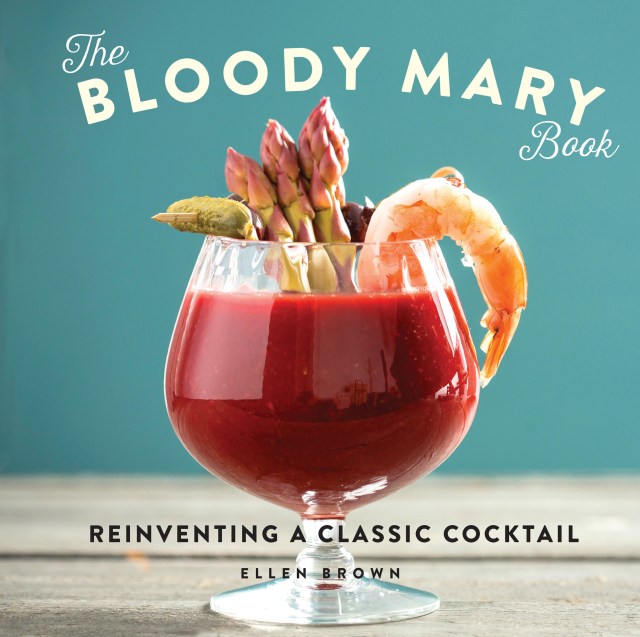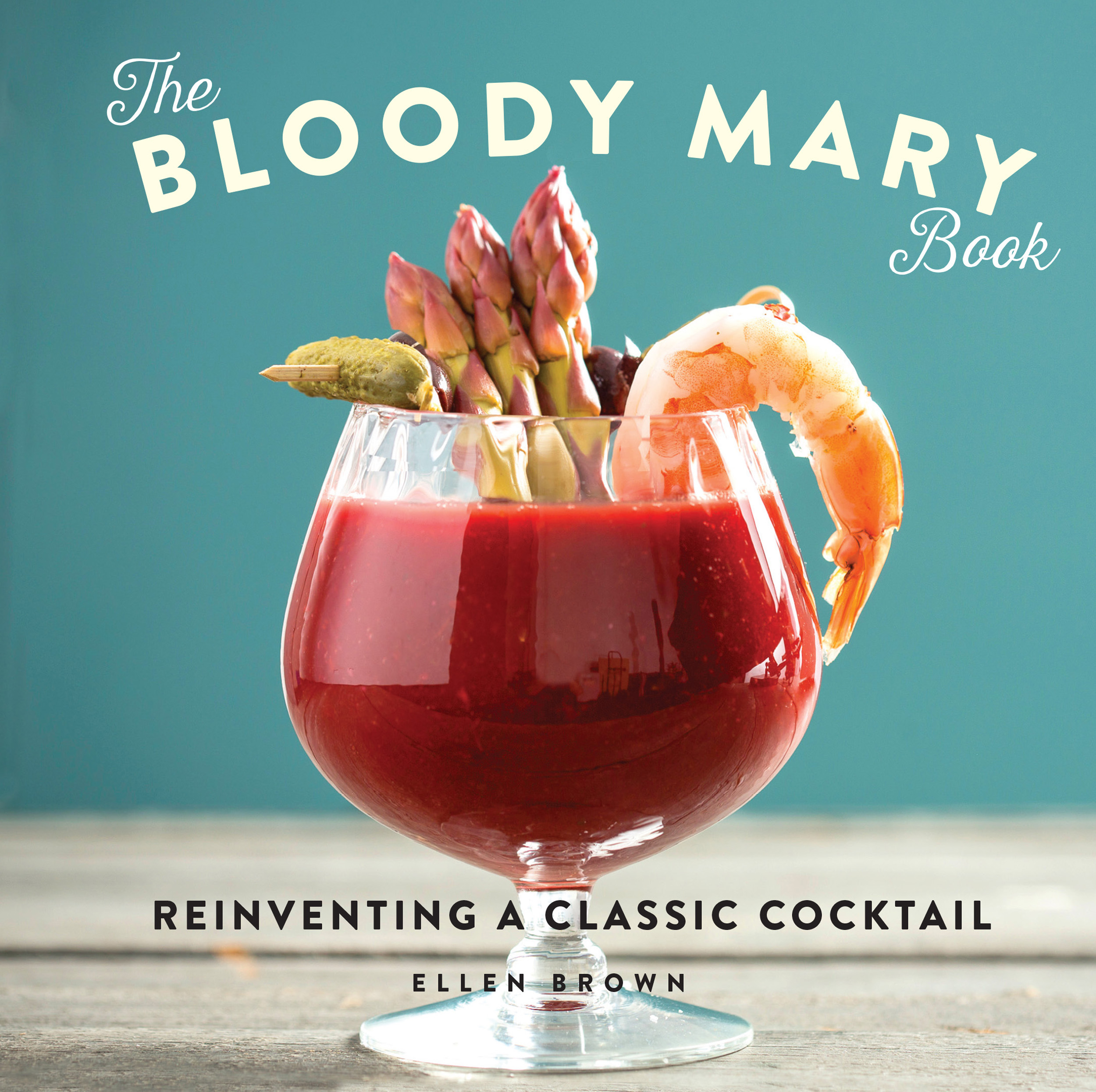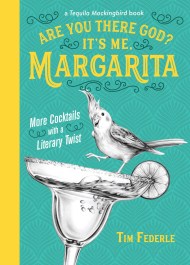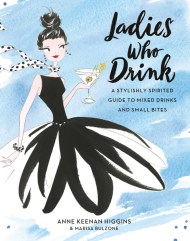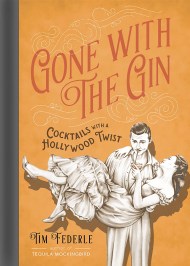Promotion
Use code MOM24 for 20% off site wide + free shipping over $45
The Bloody Mary Book
Reinventing a Classic Cocktail
Contributors
By Ellen Brown
Formats and Prices
Price
$11.99Price
$15.99 CADFormat
Format:
- ebook $11.99 $15.99 CAD
- Hardcover $20.00 $26.00 CAD
This item is a preorder. Your payment method will be charged immediately, and the product is expected to ship on or around May 23, 2017. This date is subject to change due to shipping delays beyond our control.
Also available from:
In 65 inventive recipes, the Bloody Mary is rejiggered with a rainbow of garnishes, new flavors, and different liquors. The drinks are a dizzying array of creativity, from the Vegan Mary, which is packed with umami, to a Middle Eastern Mary, adding cumin, coriander, and harissa for an extra bit of spice. Shake up these recipes for the perfect weekend pairing, complete with bar food for a little nosh:
Drinks:
- The Bowling Green Bloody
- The Bloody Maja
- The Gazpacho Mary
Eats:
- Celery Stuffed with Pimiento Cheese
- Smoked Salmon Spread
- Spanish Potato and Sausage Tortilla
And if you don’t have time to whip up a Bloody Mary mix from scratch, no worries: author Ellen Brown has demystified the cream of the crop of store-bought bases that will have you sipping a savory concoction ASAP. Just add your own special twist and a few garnishes. Whatever your fancy, the Bloody Mary is the perfect weekend drink.
Genre:
- On Sale
- May 23, 2017
- Page Count
- 192 pages
- Publisher
- Running Press
- ISBN-13
- 9780762461684
Newsletter Signup
By clicking ‘Sign Up,’ I acknowledge that I have read and agree to Hachette Book Group’s Privacy Policy and Terms of Use
